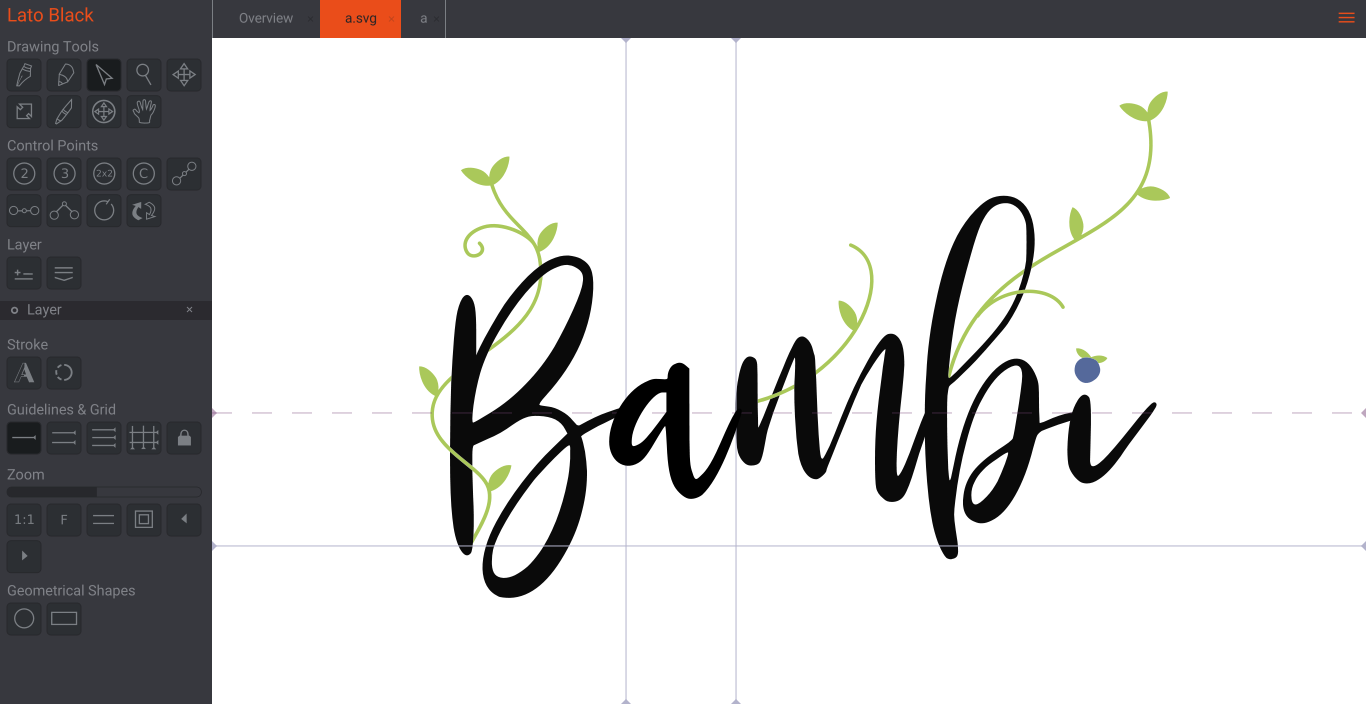

- #Otf vs ttf for mac pro#
- #Otf vs ttf for mac software#
- #Otf vs ttf for mac download#
- #Otf vs ttf for mac mac#
In Adobe applications, enabling each alternate individually provides different combinations of characters, as does enabling more than one at the same time. InDesign’s OpenType menu also provides options for swash, contextual alternates and titling alternates. To apply a different set, deselect the first one and then pick a different one (a frustratingly tedious procedure)-you can apply multiple stylistic sets, sometimes a character or two will change but sometimes not. Click the fly-out menu at the panel’s upper right, choose OpenType > Stylistic Sets and then pick one of the non-bracketed sets (those with brackets aren’t available in the current font). To access stylistic sets in InDesign, choose Window > Type & Tables > Character.
#Otf vs ttf for mac pro#
Here you can see the alternate glyphs for an “F” in Adios Script Pro in InDesign.

The switch for contextual alternates lies beneath that menu. To do that, choose Format > Font and in the dialog box that opens, click Advanced and then click the Stylistic Sets menu. You can’t access alternate glyphs in Microsoft Word, but you can access stylistic sets and contextual alternates in Word 2010 and higher. the fancier versions using glyphs in Alternate 2 (bottom). Note the difference between the H and the L using regular Bickham Script Pro (top) vs. If it includes contextual alternates, there’ll be a section for that, too (the latter also includes swash alternates that can add some seriously ornamental swashes to your text). If the font also includes stylistic sets (not all of them do) you’ll see a section named Alternative Stylistic Sets.

In the resulting panel, click the triangle next to the Alternates section and then turn on any of the alternates in the list to change the highlighted text. Click the gear menu (circled) and choose Typography. In Apple applications (TextEdit, Pages, Keynote, iBooks Author, etc.) choose Format > Font > Show Fonts or press Command-T. Next, highlight the character(s) or word(s) that you want to swap for something else. However, the first step is to highlight some text and then apply an advanced OpenType font to it. The way you access advanced OpenType features depends on the application.
#Otf vs ttf for mac download#
However, to try out the features in this column without spending money, download Gabriola, a free advanced OpenType font from. If you subscribe to Adobe’s Creative Cloud, you have free access to advanced OpenType fonts through TypeKit. If you don’t have any, you can buy them from Adobe, FontShop, P22 Type Foundry, Sudtipos (the maker of your author’s favorite, Adios Script Pro) and other font developers.
#Otf vs ttf for mac mac#
If your Mac has a font with Pro in its name, it’s probably an advanced OpenType font (in Adobe apps, you can find them by entering “pro” into the font name field). If you bought the font, then you’ll know however, some are automatically installed with Adobe applications. To swap glyphs, you have to start with an advanced OpenType font so the biggest challenge may be figuring out which of your installed fonts qualify.

#Otf vs ttf for mac software#
Initially, you needed pro-level software to access advanced OpenType features but not anymore. Some fonts also include more typographic substitutions in the form of additional alternate glyph sets named contextual alternates, swash alternates, and titling alternates. To aid you in locating alternate characters that look good together, some advanced OpenType fonts include stylistic sets, specific combinations of alternate characters chosen by the font designer. Also, some alternates simply don’t look good when placed next to specific other characters. That said, however fun replacing one character with an alternate glyph can be, it gets tedious because advanced OpenType fonts often include lots of alternates for some characters and zilch for others. Over the years, creative and ambitious font developers added multiple versions of some characters-say, different versions of an “f” as shown above-enabling you to customize text in special ways.


 0 kommentar(er)
0 kommentar(er)
